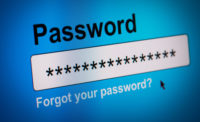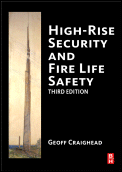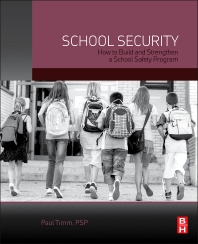Can Good Security Equal Bad Safety?
As an emergency responder, it is almost impossible to manage all of the keys, access cards, transmitters and a current list of codes for all gated properties in a particular response area, let alone an entire city. It is not unusual for response times to be lengthened because of remote-controlled gates. Police and fire dispatchers often have wait for the reporting party to “buzz-in” the emergency crew or are asked to look up the pass-code on a list stashed away in some binder or drawer. In a worst-case scenario, responders can find themselves completely locked out of a call for service.
Need to protect communications
Sometimes dispatchers must resort to broadcasting the pass-code over a public safety frequency. Since most of these channels are easily monitored, such information can fall into the wrong hands.Fire departments have historically led the way in mandating emergency access control devices on gated premises. While the typical lockbox solution or bypass key works well for firefighters, these methods have not been embraced by law enforcement or emergency medical services.
In Oxnard, Calif., the police and fire departments worked together in identifying a solution that is equally useful to both agencies while providing uninhibited access to gated communities without requiring the city to invest in or track new equipment.
The departments considered nearly every option available, from standardized keys, cards, transmitters and pass-codes, to sound- and light-detecting solutions. The departments settled on radio identification as the chosen method to gain emergency access to properties with secured perimeters. A source, Click2Enter (C2E) of Sonoma, Calif., put together a system for Oxnard that satisfied the city’s emergency response departments’ specifications.
C2E gave the city’s public safety officials the ability to open automatic gates with the click of a portable or mobile radio. To prevent spurious radio transmissions from opening various gates at random, the device, which comes in either single- or double-click mode, coordinates the one or two clicks with a visible light. Receiver range could be set from within inches to about one-quarter of a mile away, depending on the strength of the transmission.
The devices can carry up to 50 different frequencies, including channels for police, fire, ambulance, security and utility companies. The company verifies the FCC frequency assignment, known as the “assigned carrier frequency,” and the agency-assigned sub-audible communication, or private line code, before opening the mechanism. An internal log maintains details on what agency gained access and when.
Looking for a reprint of this article?
From high-res PDFs to custom plaques, order your copy today!








